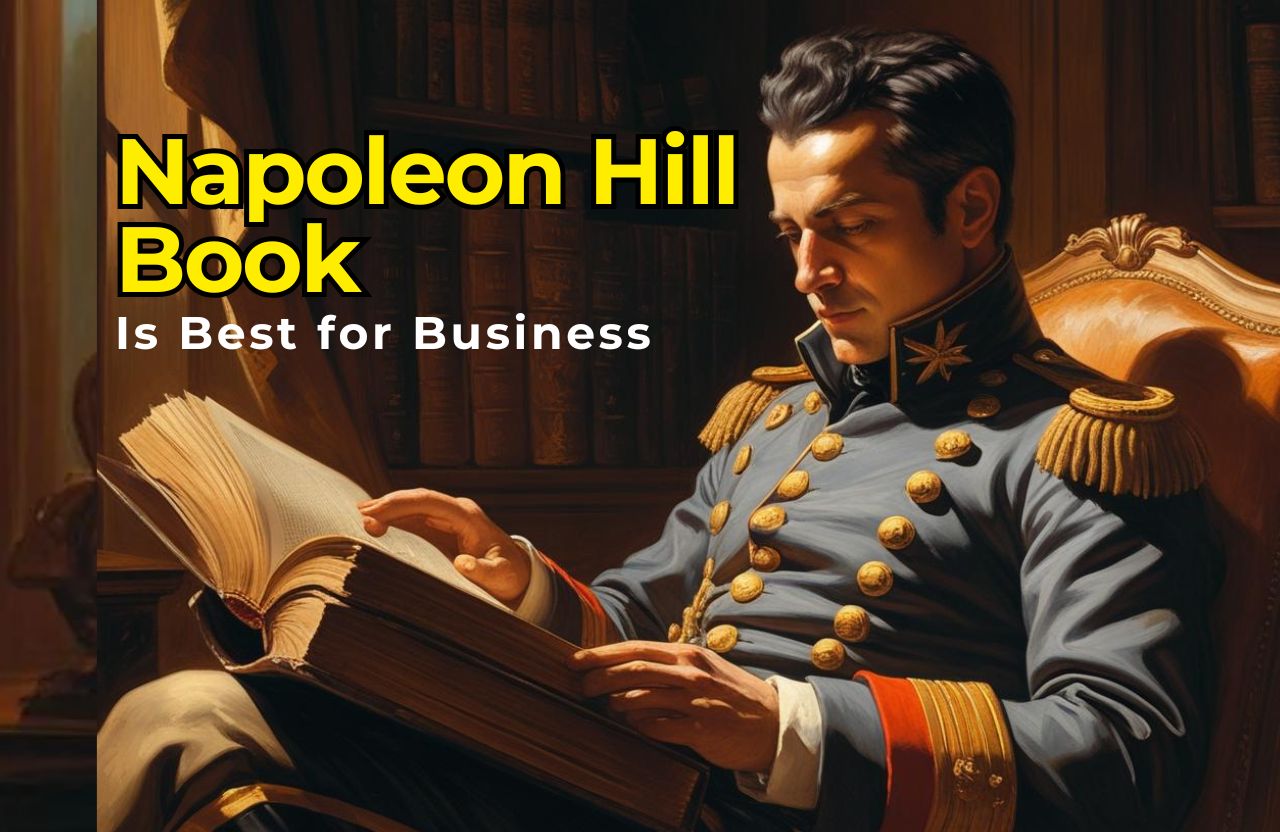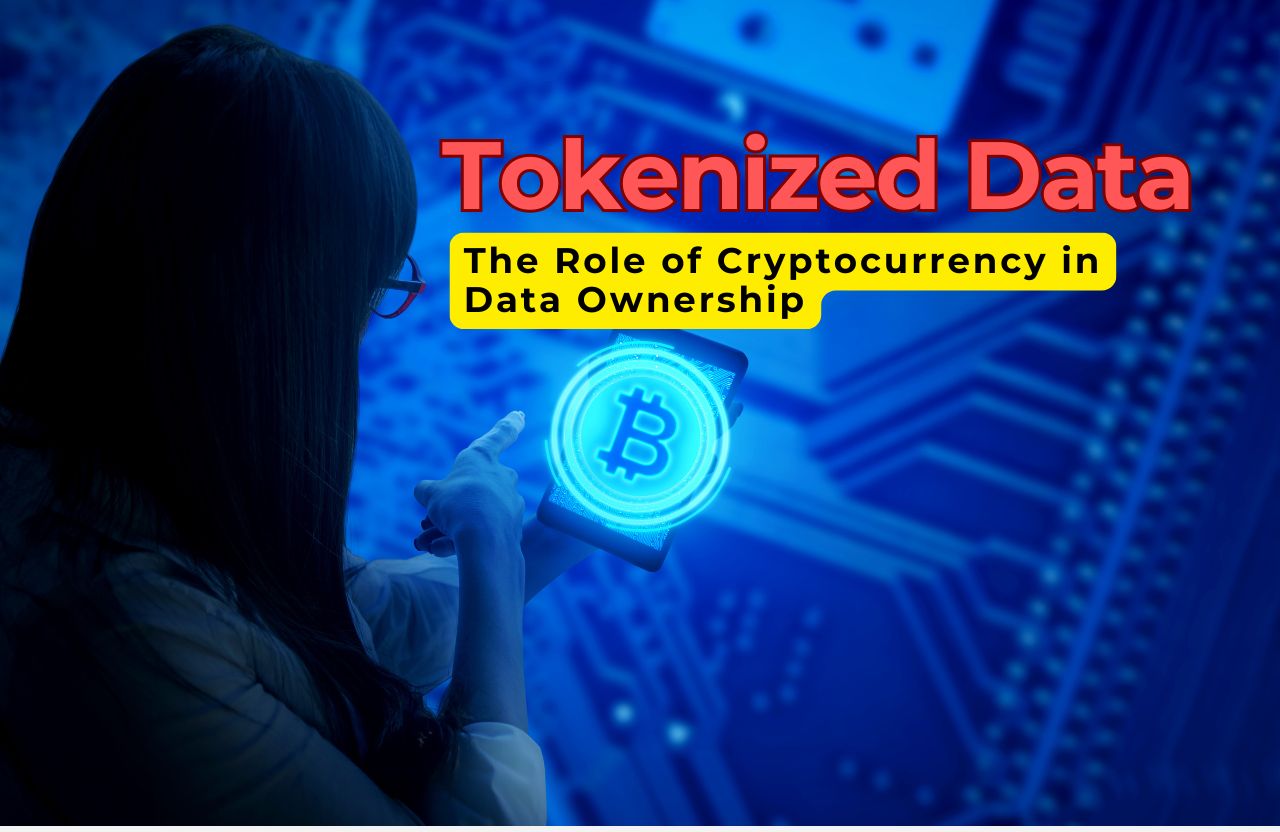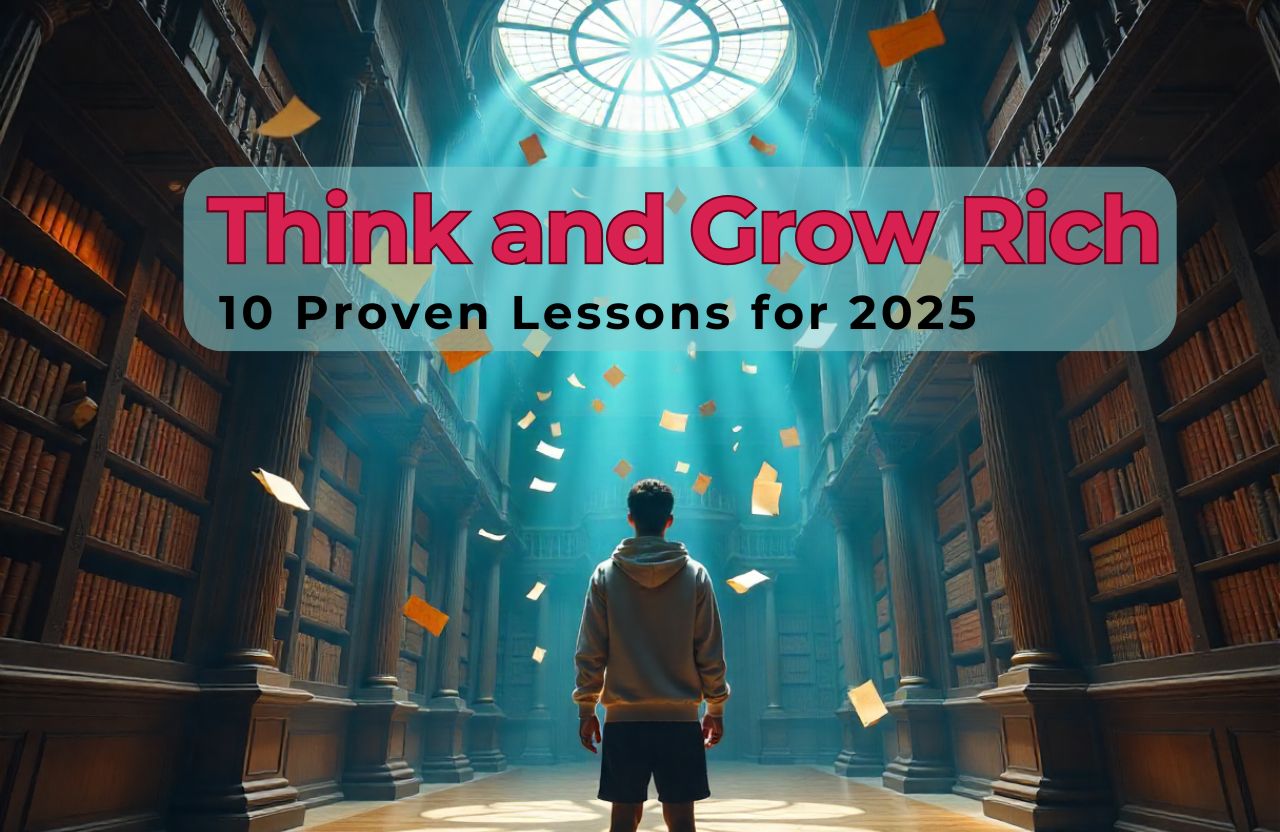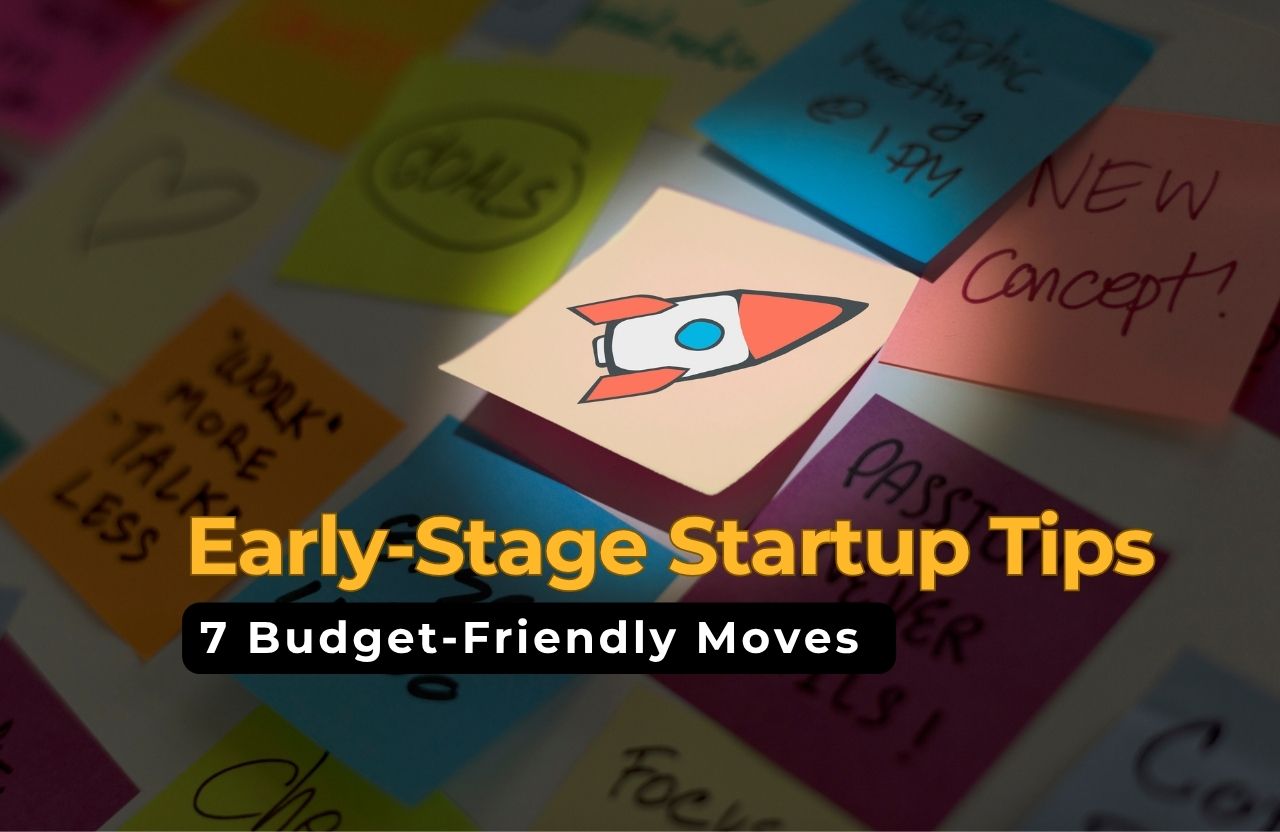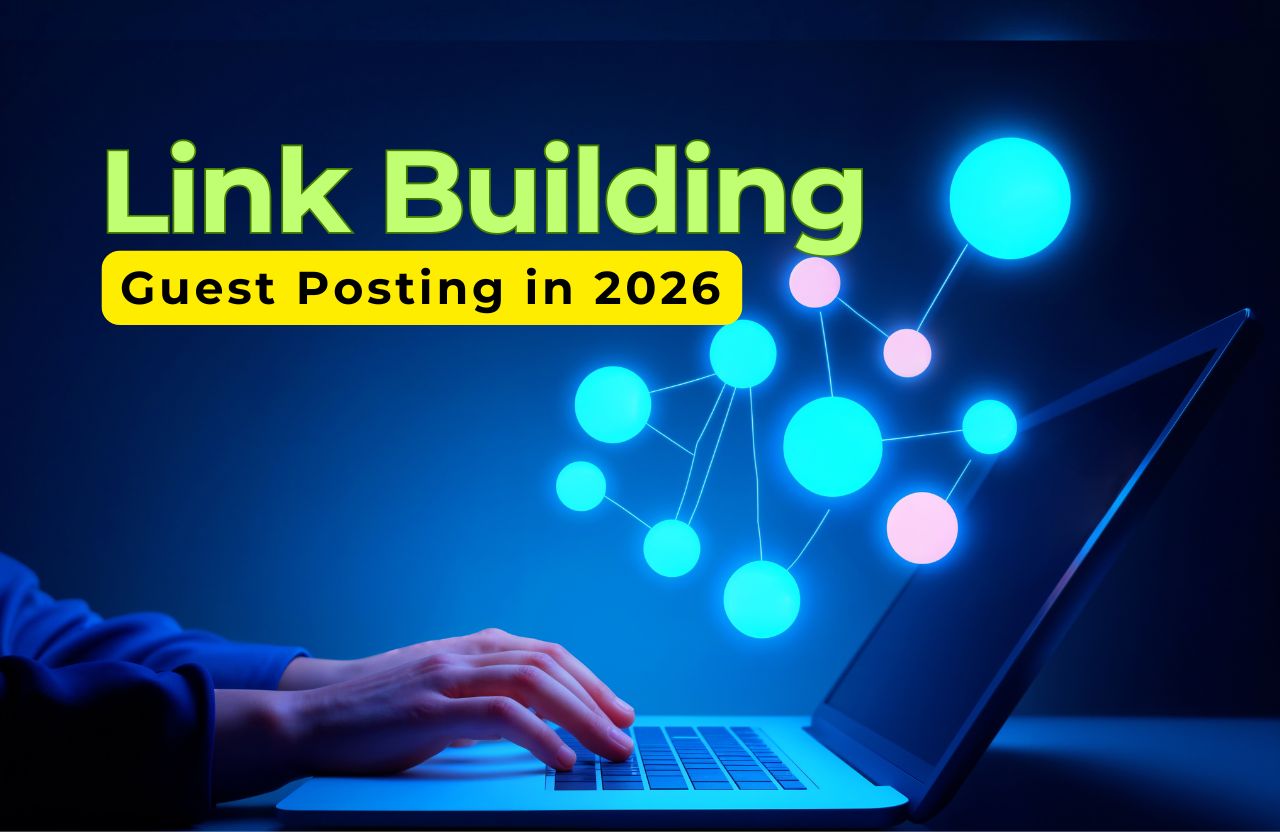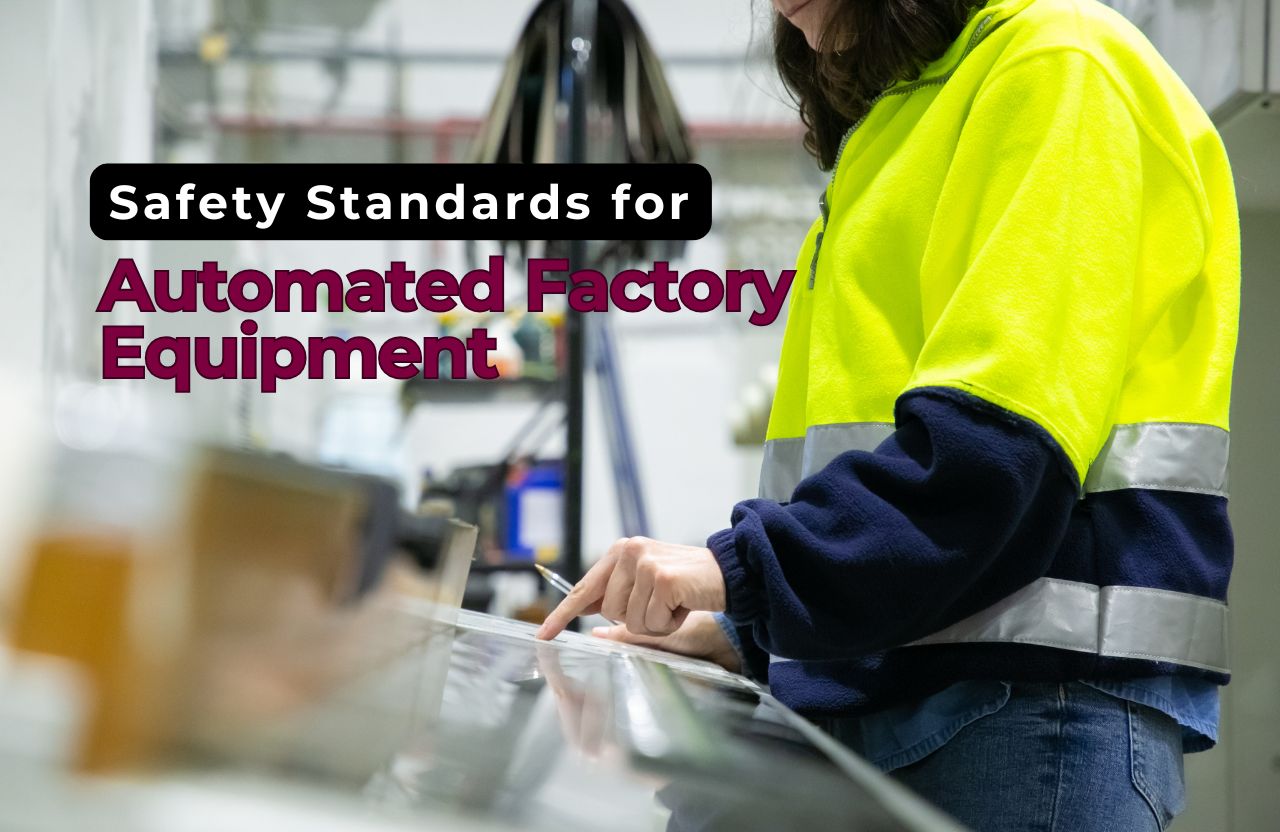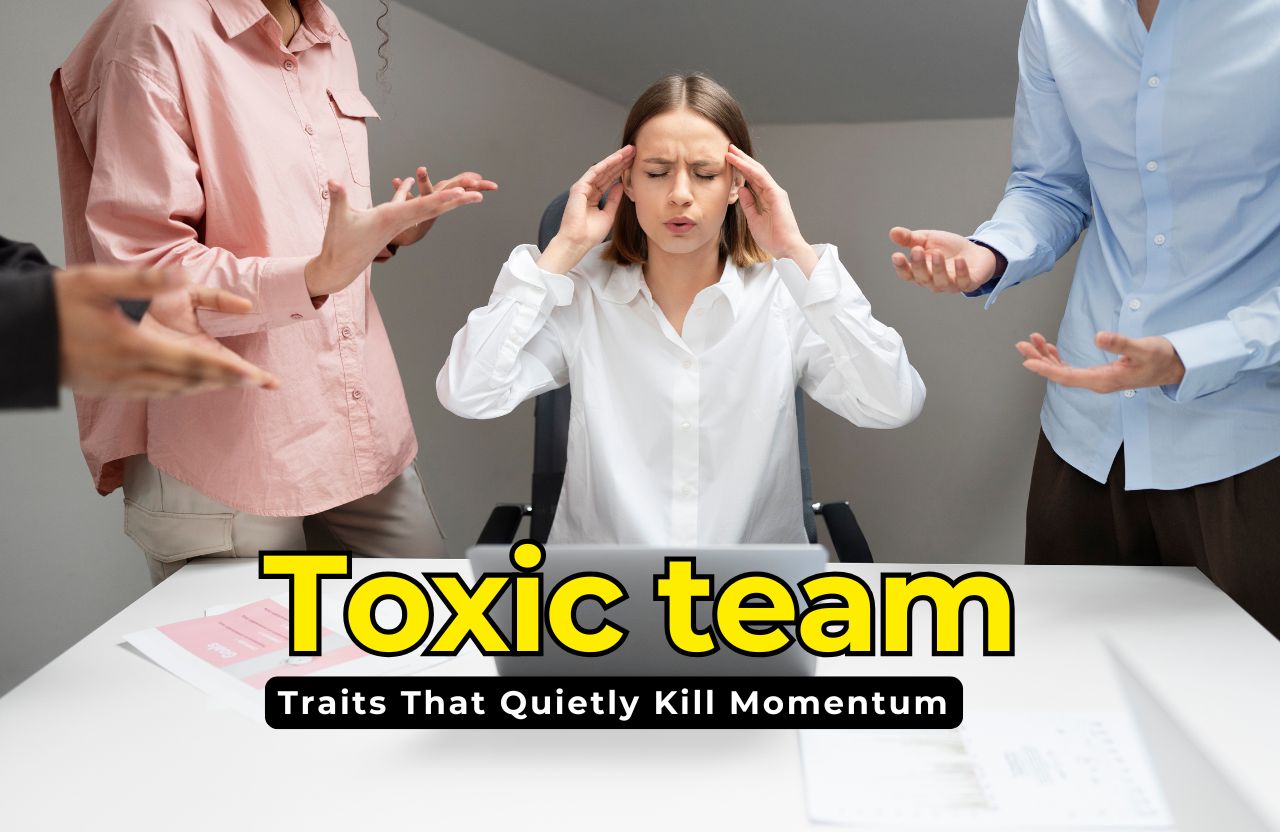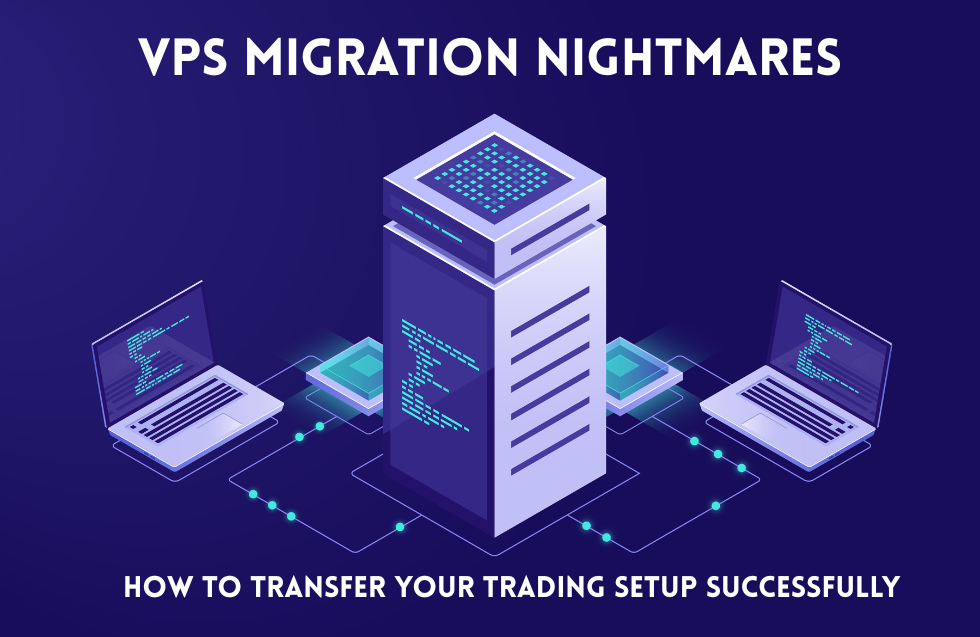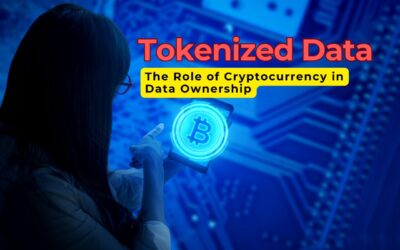In today’s dynamic business environment, Managing multi-generational teams are no longer the exception—they’re the norm. From Baby Boomers nearing retirement to Gen Zers entering the workforce with fresh ideas, workplaces have become rich mosaics of different experiences, skills, and expectations.
Managing a multi-generational team can feel complex. Different communication styles, career aspirations, attitudes toward work-life balance, and technological proficiency can lead to misunderstandings or even conflict. However, with the right strategies, these differences can be transformed into a competitive advantage, fostering creativity, innovation, and stronger team dynamics.
In this article, we’ll dive deep into comprehensive strategies you can implement to manage and maximize the potential of your multi-generational workforce effectively.
Understanding the Generations in the Workforce
Before we explore management strategies, it’s important to understand the unique traits of each generation currently active in the workplace:
1. Baby Boomers (Born 1946–1964)
- Value loyalty, hard work, and dedication.
- Prefer face-to-face communication.
- Experienced significant economic growth and social change.
- Appreciate hierarchical structures and recognition for tenure.
2. Generation X (Born 1965–1980)
- Independent, resourceful, and skeptical of authority.
- Appreciate work-life balance and autonomy.
- Comfortable with both traditional and digital communication methods.
- Often bridge the gap between Boomers and Millennials.
3. Millennials (Born 1981–1996)
- Tech-savvy, collaborative, and socially conscious.
- Value flexibility, purpose-driven work, and continuous feedback.
- Prefer open communication and flat organizational structures.
- Emphasize diversity, inclusivity, and innovation.
4. Generation Z (Born 1997–2012)
- Digital natives who value individuality and entrepreneurship.
- Expect instant communication and transparency.
- Highly adaptable and motivated by personal growth opportunities.
- Seek organizations aligned with their social values.
Understanding these profiles is critical for tailoring management approaches and creating inclusive work environments.
1. Promote Open and Adaptive Communication
Effective communication is the bedrock of a healthy multi-generational team. Each generation grew up with different communication norms:
- Baby Boomers might prefer detailed memos and formal meetings.
- Gen Xers appreciate concise emails and independence.
- Millennials and Gen Zers often favor quick updates via Slack, WhatsApp, or video calls.
Action Steps:
- Provide multiple communication options—email, chat apps, face-to-face meetings, and virtual collaboration tools.
- Establish clear communication protocols while allowing flexibility.
- Encourage regular feedback loops where team members can voice preferences.
- Train leaders to adjust their communication style depending on the audience.
Case Study:
At a global tech firm, managers noticed project delays due to miscommunication. They introduced flexible communication channels—stand-up video meetings for quick updates and email summaries for more detailed instructions—leading to a 22% increase in project delivery speed.
2. Focus on Shared Values and Goals
While generational gaps may seem wide, common ground exists in shared values like meaningful work, respect, and a desire for success.
Action Steps:
- Host team alignment sessions focusing on the organization’s mission, vision, and values.
- Reinforce how each individual’s contributions tie into larger team and company goals.
- Celebrate milestones that showcase collective achievements rather than individual triumphs.
Insight:
Research shows that when employees—regardless of age—see how their work connects to the broader purpose of the company, productivity increases by up to 42%.
3. Implement Cross-Generational Mentoring Programs
Traditional mentorship often assumes older employees mentor younger ones, but reverse mentoring—where younger employees coach older ones, especially in areas like technology or emerging trends—is gaining popularity.
Action Steps:
- Set up mutual mentorship programs where employees mentor each other based on expertise, not age.
- Pair up people with complementary skills and interests.
- Highlight success stories from mentorship pairings to inspire others.
Example:
A Fortune 500 company paired Baby Boomers with Gen Z interns to exchange expertise—Boomers shared strategic leadership skills while Gen Zers provided insights on digital marketing and new tech tools. Both groups reported higher job satisfaction.
4. Offer Flexible Work Options
Generational needs for flexibility vary:
- Baby Boomers might appreciate flexible hours for health or semi-retirement transitions.
- Millennials and Gen Zers might prefer remote work for lifestyle and personal projects.
Action Steps:
- Offer a range of work arrangements: remote, hybrid, compressed workweeks.
- Trust employees to manage their schedules as long as deliverables are met.
- Equip teams with digital collaboration tools to stay connected.
Real-World Impact:
A consulting firm introduced flexible work policies across age groups and saw a 30% drop in turnover among Millennials and a 20% rise in Baby Boomer engagement.
5. Tailor Motivation and Recognition
A “one-size-fits-all” approach to employee recognition rarely works across generations.
Motivation Preferences:
- Baby Boomers: public recognition, promotions, awards.
- Gen X: autonomy, bonuses, professional development.
- Millennials: regular feedback, meaningful work, peer recognition.
- Gen Z: skill development, social causes alignment, real-time praise.
Action Steps:
- Personalize rewards based on employee preferences.
- Survey team members about how they like to be recognized.
- Use a mix of formal (awards, certificates) and informal (social media shoutouts, handwritten notes) recognition methods.
6. Foster a Culture of Continuous Learning
Technology and business practices are evolving faster than ever. Keeping skills sharp benefits employees of all ages.
Action Steps:
- Create personalized development plans for each employee.
- Offer on-demand online learning platforms accessible to everyone.
- Encourage cross-training where employees from different generations teach each other.
Stat:
According to LinkedIn’s 2024 Workplace Learning Report, companies that invest in ongoing training see 24% higher profit margins compared to those that don’t.
7. Respect Varied Work Styles
Each generation brings distinct problem-solving and working styles.
Observations:
- Baby Boomers: structured, thorough planning.
- Gen X: independent, pragmatic.
- Millennials: collaborative, agile.
- Gen Z: creative, experimental.
Action Steps:
- Allow autonomy in how tasks are completed as long as they meet quality standards.
- Build diverse project teams mixing generations for different perspectives.
- Value results over methods—focus more on what is achieved than how.
8. Prioritize Inclusive Leadership
Leading a multi-generational team means leading inclusively.
Leadership Skills Needed:
- Empathy to understand different perspectives.
- Emotional intelligence to manage diverse needs.
- Adaptability to flex leadership styles based on team dynamics.
Action Steps:
- Train managers in inclusive leadership principles.
- Ensure every voice is heard in meetings and decision-making.
- Recognize and address unconscious biases (such as ageism).
9. Create Opportunities for Cross-Generational Collaboration
Encouraging teamwork between generations fosters stronger bonds and mutual understanding.
Action Steps:
- Organize cross-functional and cross-generational project teams.
- Host “innovation days” or hackathons, mixing age groups.
- Provide spaces—physical or virtual—where informal socialization can occur.
Insight:
When Google piloted Managing multi-generational project teams, they saw a 17% increase in innovation output due to the blending of experience with fresh perspectives.
10. Regularly Reassess and Adapt Your Strategies
The needs of a multi-generational workforce aren’t static—they evolve.
Action Steps:
- Conduct annual surveys to check in on employee satisfaction and engagement.
- Stay updated on emerging trends (e.g., Gen Alpha will soon enter the workforce).
- Be willing to pivot management practices based on team feedback and market changes.
Key Challenges and How to Overcome Them
Managing multi-generational teams comes with its own set of challenges, but with awareness and proactive strategies, these can be turned into growth opportunities.
1. Communication Breakdowns:
Different generations often prefer different communication styles, which can cause misunderstandings. To overcome this, encourage open dialogues, provide flexible communication tools (like chat apps, email, or face-to-face meetings), and ensure clarity in all exchanges.
2. Stereotyping or Biases:
Assuming that all individuals from one generation behave the same way can lead to stereotyping and tension. It’s important to implement unconscious bias training, create awareness programs, and emphasize individual differences rather than generalizations.
3. Resistance to Change:
Older generations may be more hesitant to adopt new technologies or processes, while younger employees may quickly embrace them. Offering structured change management programs, providing adequate support, and involving employees early in the change process can help bridge this gap.
4. Conflicting Work Values:
Each generation may prioritize different aspects of work—such as stability, work-life balance, or social impact—which can cause friction. The key is to focus on shared company values and goals, making it clear how everyone’s contributions support a common mission.
5. Different Learning Curves with Technology:
Technological adaptability can vary greatly across generations, leading to potential frustration. Offering multi-format training options—like video tutorials, interactive workshops, and easy-to-follow manuals—ensures that everyone can learn at their own pace and comfort level.
Conclusion: Embracing Generational Diversity for Future Success
Managing multi-generational workforce isn’t about focusing on differences—it’s about leveraging diversity to build more resilient, innovative, and inclusive organizations.
When you create a workplace where everyone feels heard, respected, and valued, you’re not just managing teams—you’re building dynamic ecosystems where experience and innovation fuel each other.
Remember: the goal isn’t to treat every generation the same; it’s to treat every individual with the respect and support they need to thrive.
As workplaces continue to evolve, leaders who understand and celebrate generational diversity will stand out—not just for their organizational success but for their ability to inspire genuine human connection across ages and experiences.

